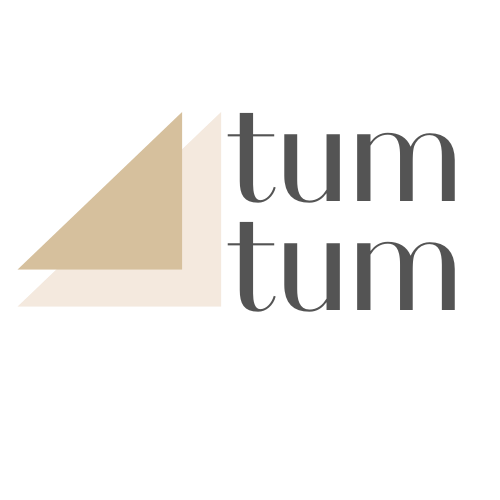Torticollis is on the Rise
Fifty percent of all babies born today will be diagnosed with torticollis and plagiocephaly. Why the increase?
Since the ‘Back To Sleep’ campaign in the 1990s, babies have been sleeping on their backs. Before this, babies slept on their bellies with their right cheek for one nap and their left cheek for the next nap, and within a week or two, you had a symmetrical baby. Babies are usually born with some degree of asymmetry in their physiologic contractures. These contractures are left unstretched due to back positioning, lack of tummy time, a surge in container use, long-term swaddling, and lack of parental education. How can we make a change and turn this around?
First, we must increase awareness and educate new parents on the importance of tummy time. We can provide help with modifications to make tummy time less stressful and more fun using the Tumtum. It is crucial to advocate for good positioning from day one to avoid flat spots and ensure babies have the full range of motion in their necks. Babies should be able to turn to both sides with no particular preference for one side. Tummy time during wake hours is a must from day one of life.
Second, we need to educate the public about containers and how they perpetuate the situation and can contribute to the worsening of the head and more limitations in the range of motion at the neck. The best place for the baby is on the floor. On a firm surface, such as a flat crib or playpen, they can easily move and turn their head to both sides, overcoming a flat spot if needed. An incline wedge, such as the tumtum, can also help to make floor time more tolerable and provide a firm surface. The tumtum will help to improve midline control.
Finally, if there is a preference for the head to turn to one side, such as torticollis, and a flat spot, such as plagiocephaly, a referral for early intervention with a trained professional is indicated. As a pediatric physical therapist, I use a three-pronged approach to treating torticollis and plagiocephaly. This approach includes: #1: Stretching, #2: Repositioning and #3: Strengthening
The stretching can take the form of soft tissue mobilization, traditional PT, stretching methods, Long holds such as the football hold, TMR techniques, and massage. The goal is to improve the cervical range of motion so that the baby has symmetrical and full active and passive range of motion for head rotation and side bending bilaterally.
The re-positioning is used to reshape the head and improve symmetrical weight-bearing through the skull. This repositioning may include side-lying, tummy time, sitting with support, or lying on babies back on an incline with the buttocks elevated to help improve midline control. A firm, flat surface provides counterpressure to the skull to help unload the flat spot and put pressure on the opposite side. The tumtum is ideal for repositioning and applying counter pressure to the skull for reshaping.
Strengthening is vital to ensure the baby strengthens and can hold its head in midline. Midline control emerges around 4 to 6 months of age. Strengthening the infant’s trunk and neck to improve head and trunk control may be accomplished through tummy time, traditional strengthening, tummy time on a wedge, developmental sequencing, such as rolling and sitting, and working on head righting and balance.
This three-pronged approach will help your baby in all areas of development, including strength, range of motion, motor skills, and even correction of cosmetic skull asymmetry. Join our campaign to improve infant positions and advocate for more floor time.
Written By Mirav Newman, PT, DPT, Founder tumtum USA

